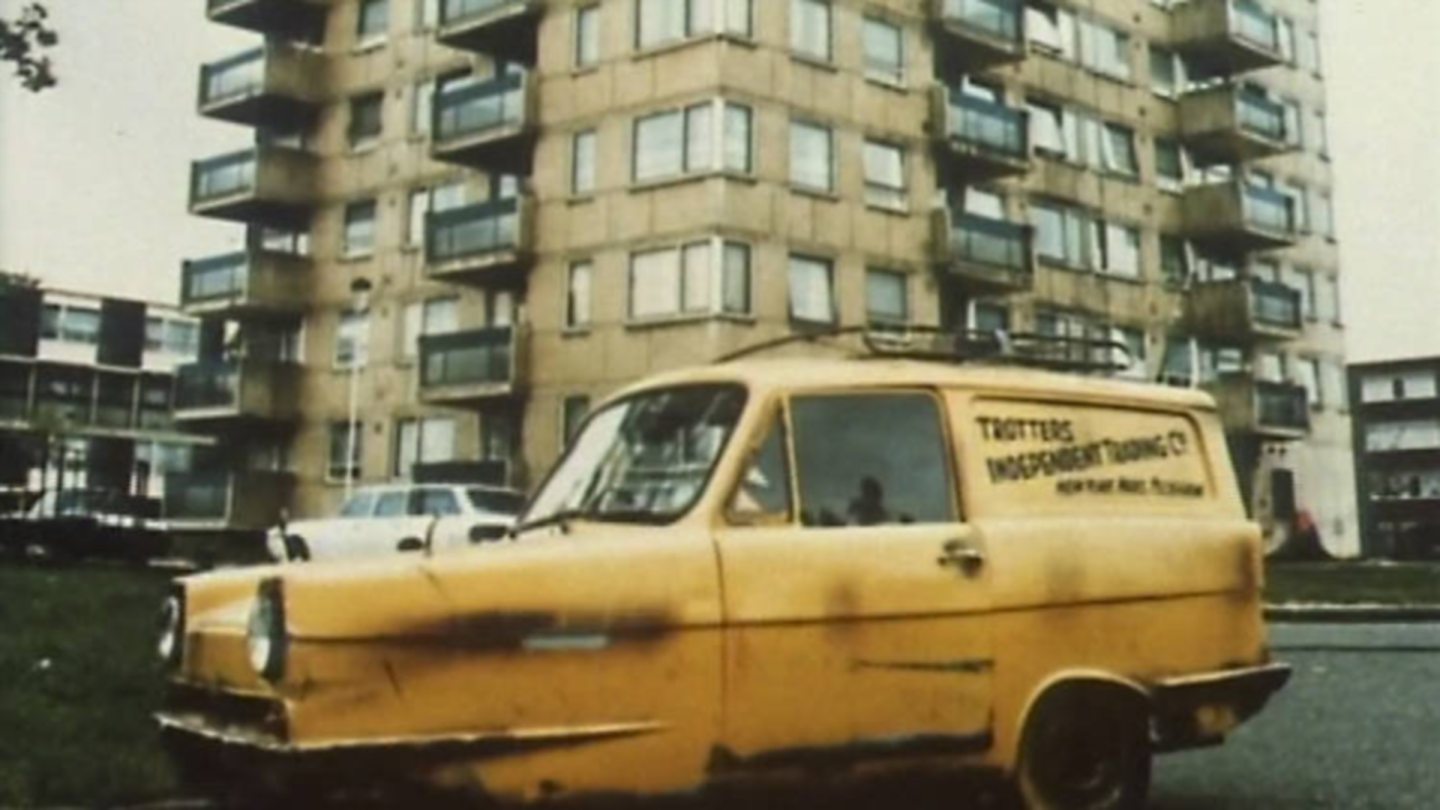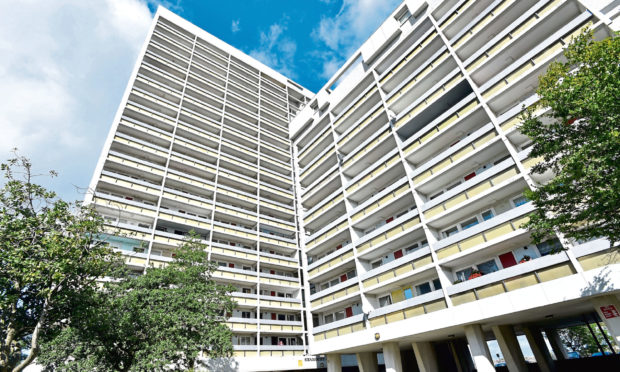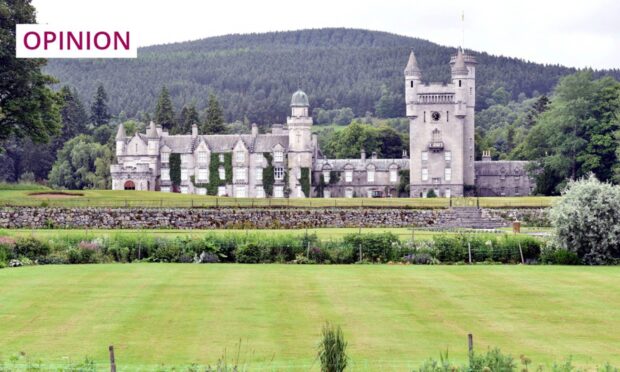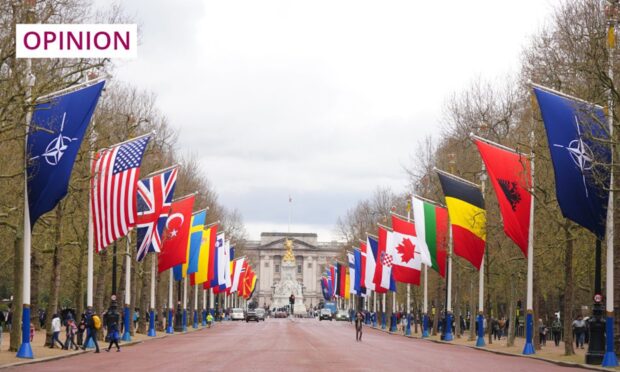We have Sir Ray Davies of The Kinks to thank for his delicious lyric: “God save strawberry jam and all the different varieties.” It’s in the title track of the band’s 1968 concept album The Kinks Are The Village Green Preservation Society.
He famously described it as “the most successful ever flop”. But like a fine jam it preserved quite well – it now features in lists of all-time greatest albums.
Personally, I would have written blackcurrant above strawberry, but it is only my opinion.
It is more than 50 years since that golden period of music which still influences rock and pop today. It’s not surprising these classics are in demand as backing tracks in television adverts.
Tired of Waiting, an earlier Kinks hit, features right now in a commercial for baked potatoes – playing mournfully in the background as a spud cooks slowly in an oven.
When I was about 11 it was the height of cool to sit in our school playing field, open a bag of wine gums and listen to The Kinks’ Sunny Afternoon on a transistor radio.
In Village Green, Davies laments the passing of “old ways” and celebrates preserving traditions which are dear to us.
He took a swipe at skyscrapers and office blocks which were transforming our towns.
There was a 1960s architectural revolution taking place at the same time as a musical one and there were “all the different varieties” here, too. Huge residential tower blocks were marching across the land and they mirrored brutalist architectural tradition with giant slabs of cold exposed concrete.
Are they worth preserving 50 years on?
They dominated the skyline like menacing monsters from War of the Worlds. I wonder what Davies makes of these now – are they worth preserving 50 years on? They are according to Historic Environment Scotland (HES), which has just granted A-listed status to eight Aberdeen high-rises.
It left the city council bothered and bemused. Maintenance costs and building restrictions around some listed buildings can be more of a burden than a community benefit. Tower blocks elsewhere have been elevated to this lofty status, while others were simply demolished.

Delboy Trotter reportedly told the media that “Nelson Mandela House” in Only Fools and Horses should be preserved. Or rather, actor David Jason who played him. The real block featured in the show was Harlech Tower in Ealing, London – and it faces demolition.
I checked with Ealing Council the other day and they confirmed that it will still have to go to make way for a “positive” affordable housing scheme.
As a young reporter I covered a district on the edge of Birmingham with 51 tower blocks – and I think I visited all of them at some point.
It gave me a warped view as I was always writing about crime, filth, degradation and building defects, but I am sure residents in some blocks loved them and succeeded in fostering community spirit.
On one occasion I stuck my head out of a gap in a stairwell for a picture – I was on the 15th floor and the photographer was focused on me from the car park at ground level. It was to illustrate safety fears of families in the block – a small child could plunge out of the same gap.
Defects were replicated up and down the UK as they followed the same blueprint, some with horrific consequences.
Boris Johnson and Sir Keir Starmer clashed days ago over cladding post-Grenfell Tower, which remains a serious risk in some places.
My mum and dad lived on the top floor of one. They were like birds in the sky with the world at their feet, but I sensed a crushing feeling of isolation inside. Critics began painting them as “slums in the sky”. And what was the point of a village green 15 floors below?
Perhaps we should study the Aberdeen case in the context of industrial architectural heritage rather than a stigma of social problems.
Aberdeen’s controversial high-rise flats: Listed buildings or a blot on the landscape?
Just yards from one pair of newly A-listed tower blocks in Aberdeen lies a goldmine of protected industrial listed buildings known as Broadford Works. To the uninformed, the site used to look like an abandoned, broken-down eyesore fit for bulldozers. People employed there centuries ago never dreamed of their potential A-list legacy. HES also guards these buildings, so on balance I see comparisons with tower blocks and their version of cutting-edge innovation.
But just one A-listed tower block in Aberdeen would have been more than enough, thanks.










